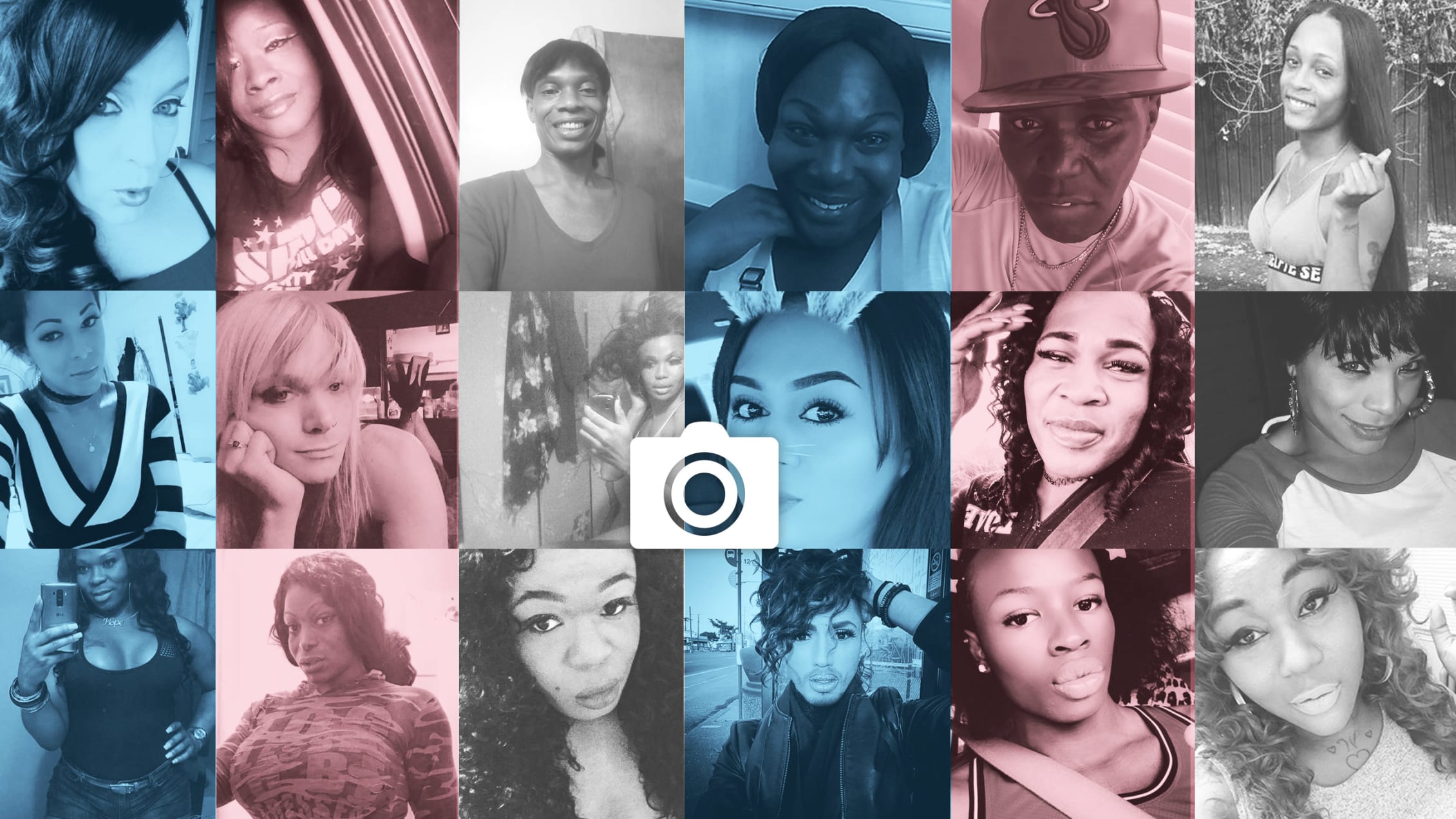


Photo Illustration by The Daily Beast
1/22
The transgender community has endured attacks on all fronts in 2018. From the White House, there came bursts of shockingly anti-LGBT policy—like a definition of “sex” in a federal agency memo that would erase transgender people from civil rights law. At the same time, on the streets and in their homes, transgender people continued to face the same steady, horrifying thrum of physical violence.
According to the Human Rights Campaign, at least 22 transgender people have been killed so far this year. All but one were transgender women. The vast majority were black. And due to a pattern of local media outlets simply relaying the information in police reports, the fact that they were transgender was often not publicly known until days, sometimes weeks, after they were killed.
The factors that give rise to anti-transgender violence are manifold and interconnected: The community faces rampant employment discrimination and social rejection, making poverty and homelessness a reality for too many.
Sex work often becomes one of the only means for survival: The 2015 U.S. Transgender Survey found that respondents who had been homeless at some point in the last year were over three times more likely to have done sex work than the transgender population at large.
On Transgender Day of Remembrance, observed every Nov. 20, we remember these lost lives. These people were killed not just in sudden moments of brutal violence—stabbings, shootings, stranglings—but also slowly, through the pervasive prejudice that pushed them toward the margins.